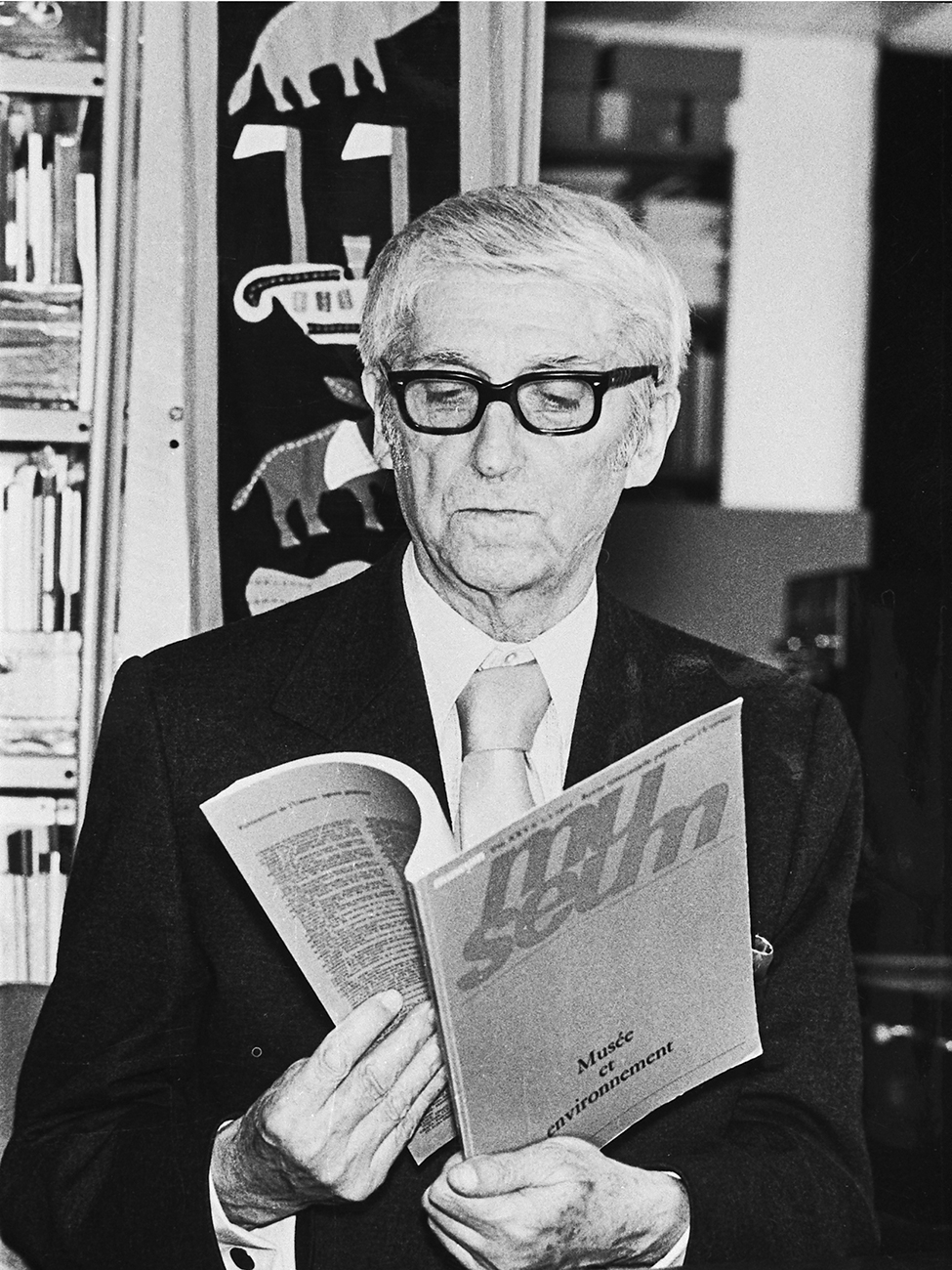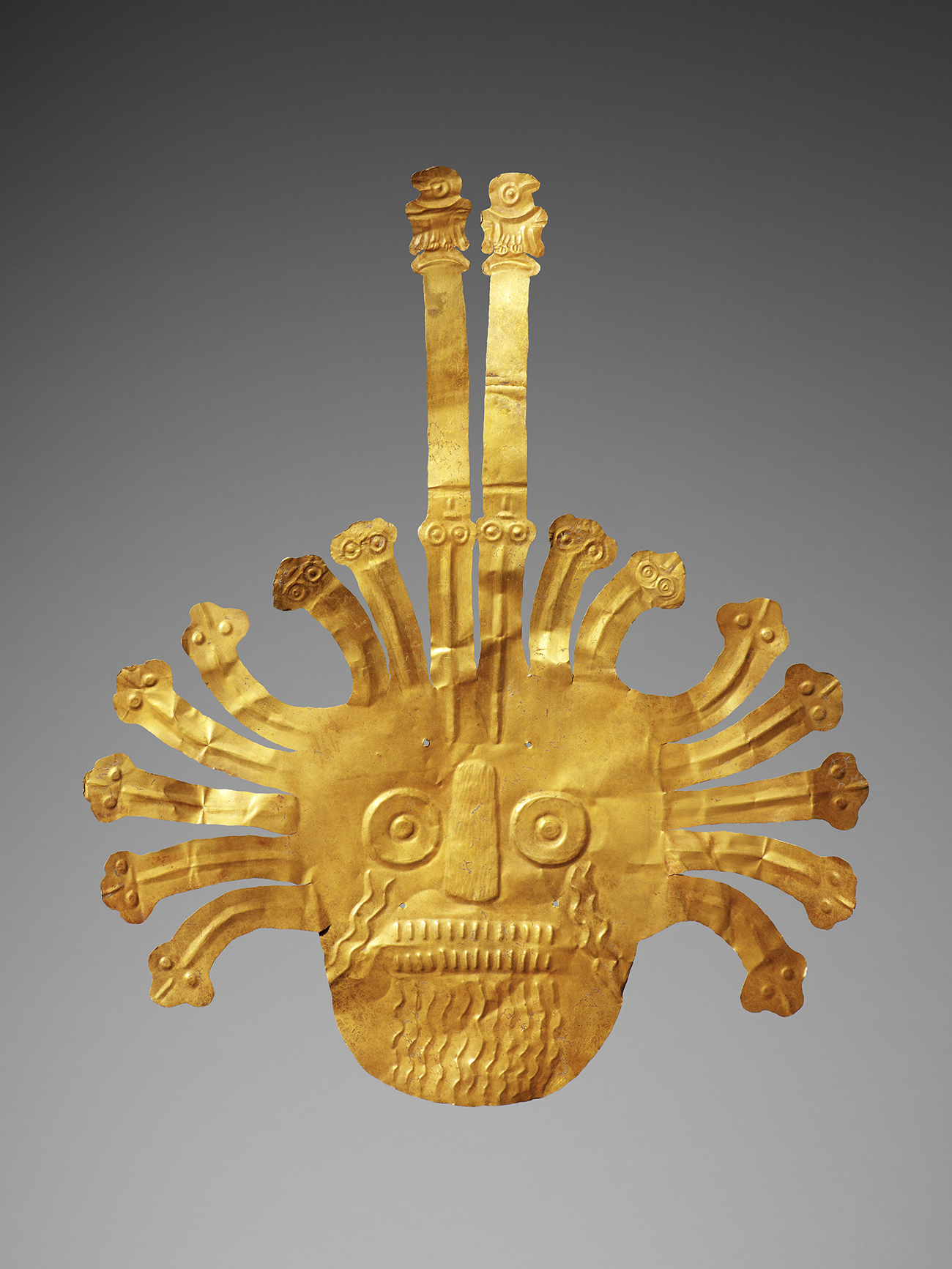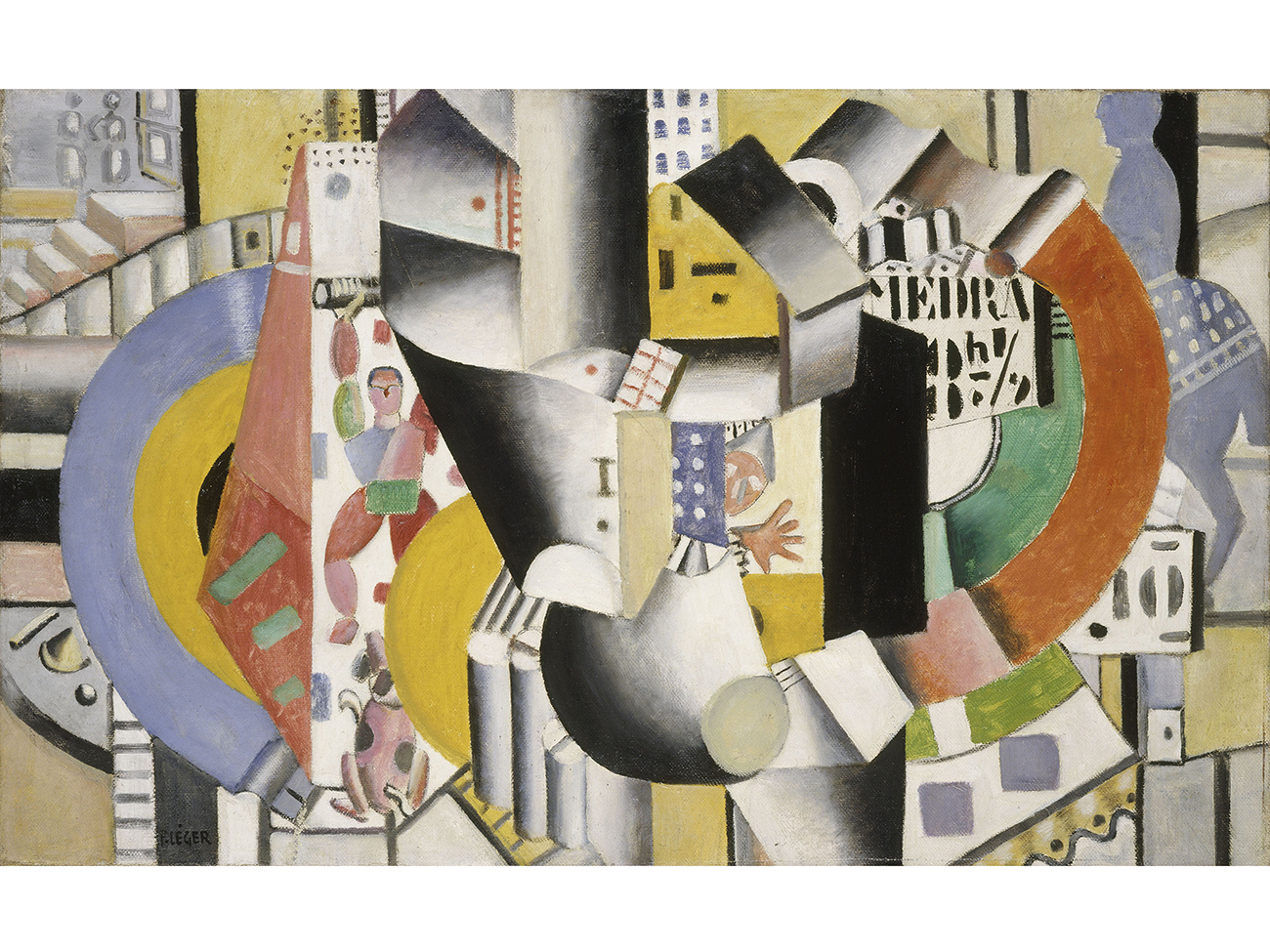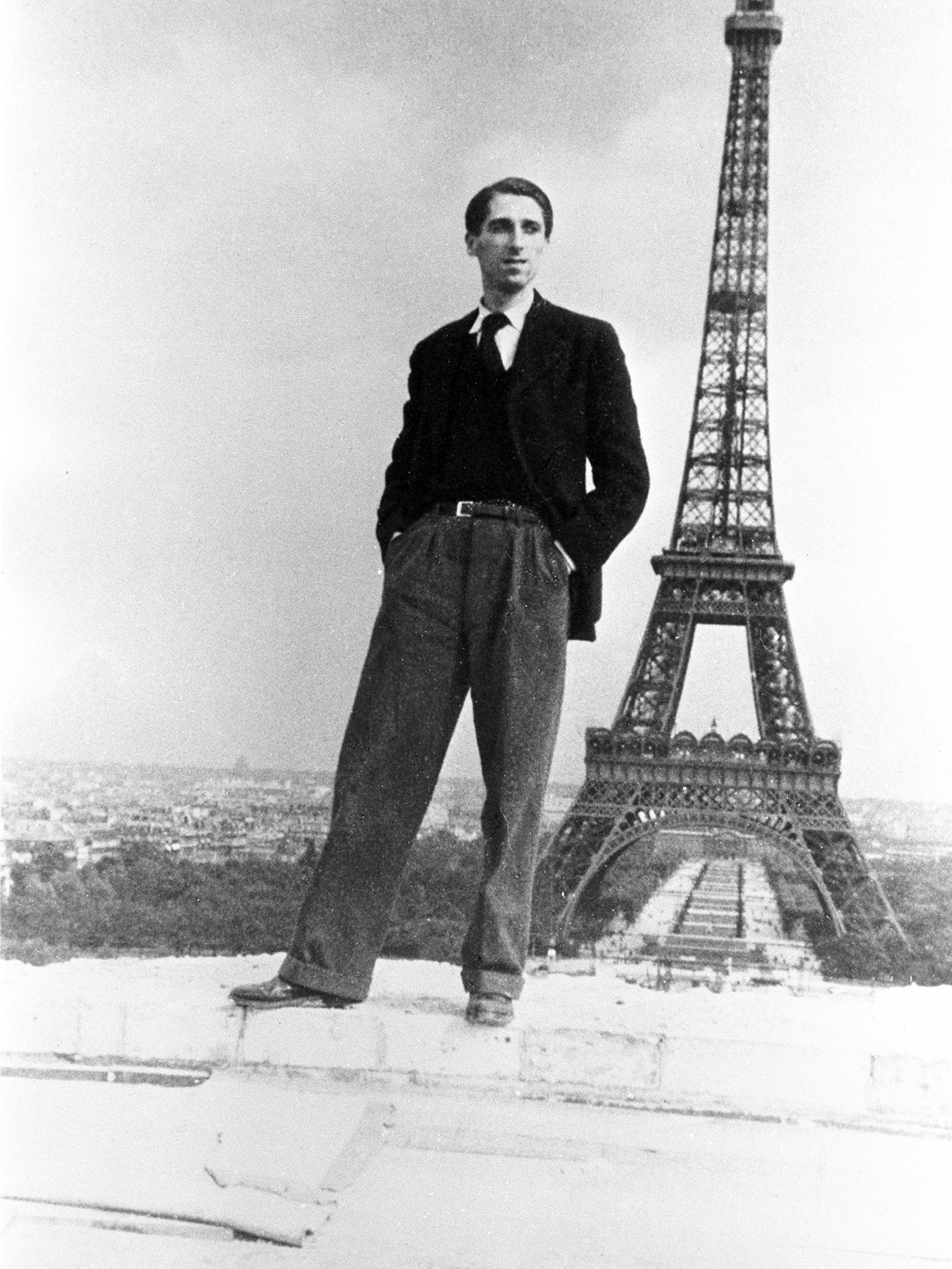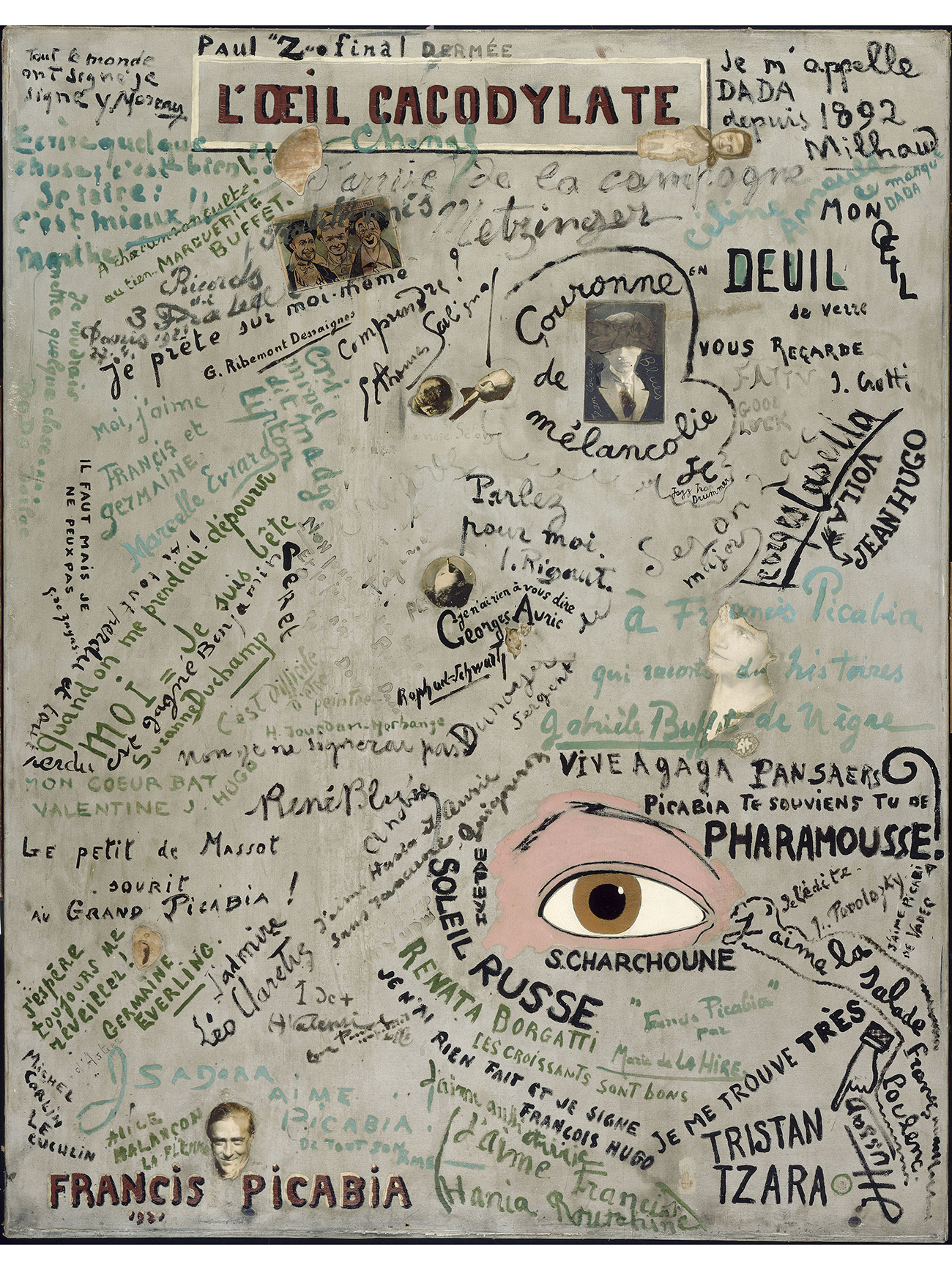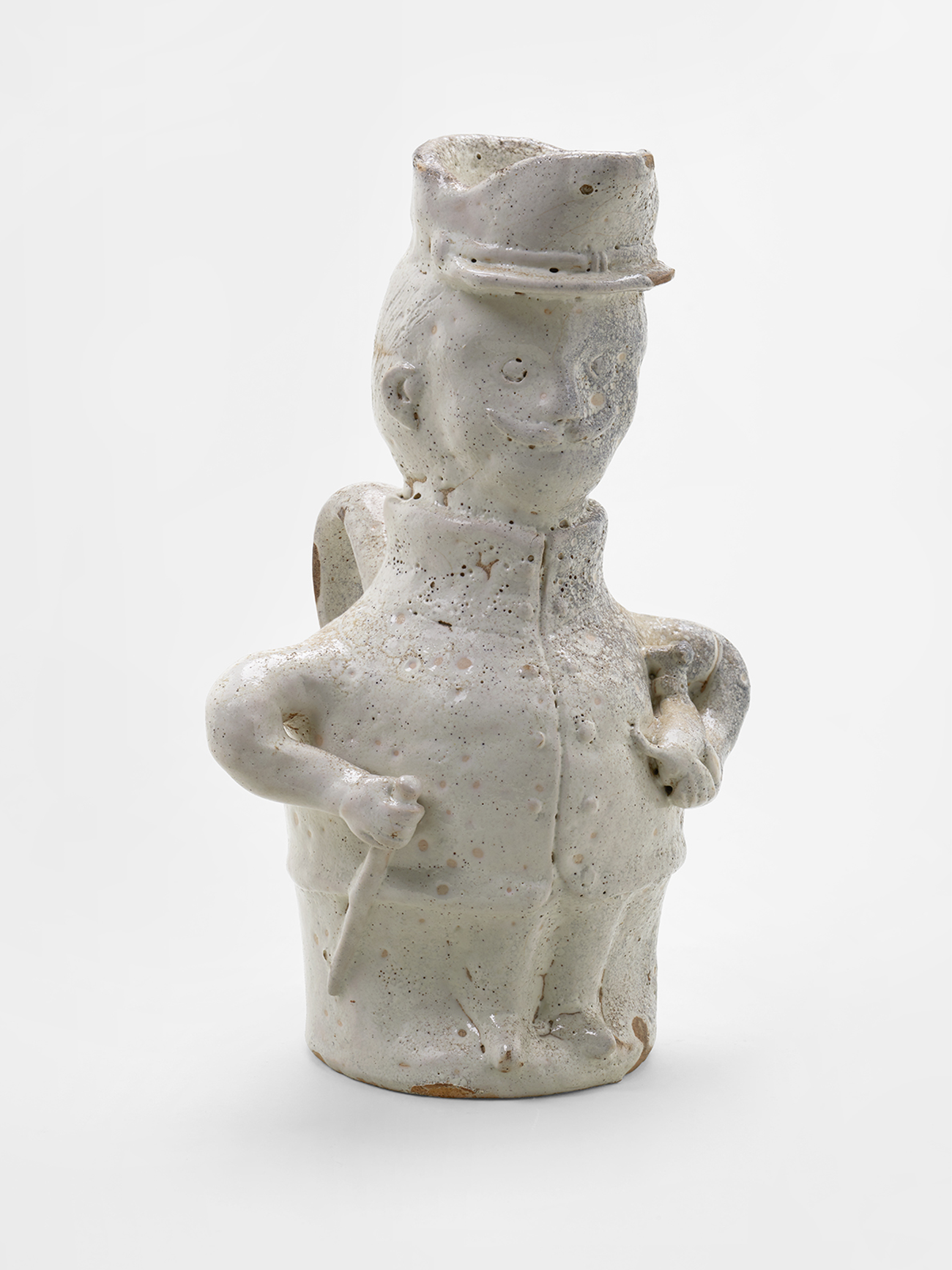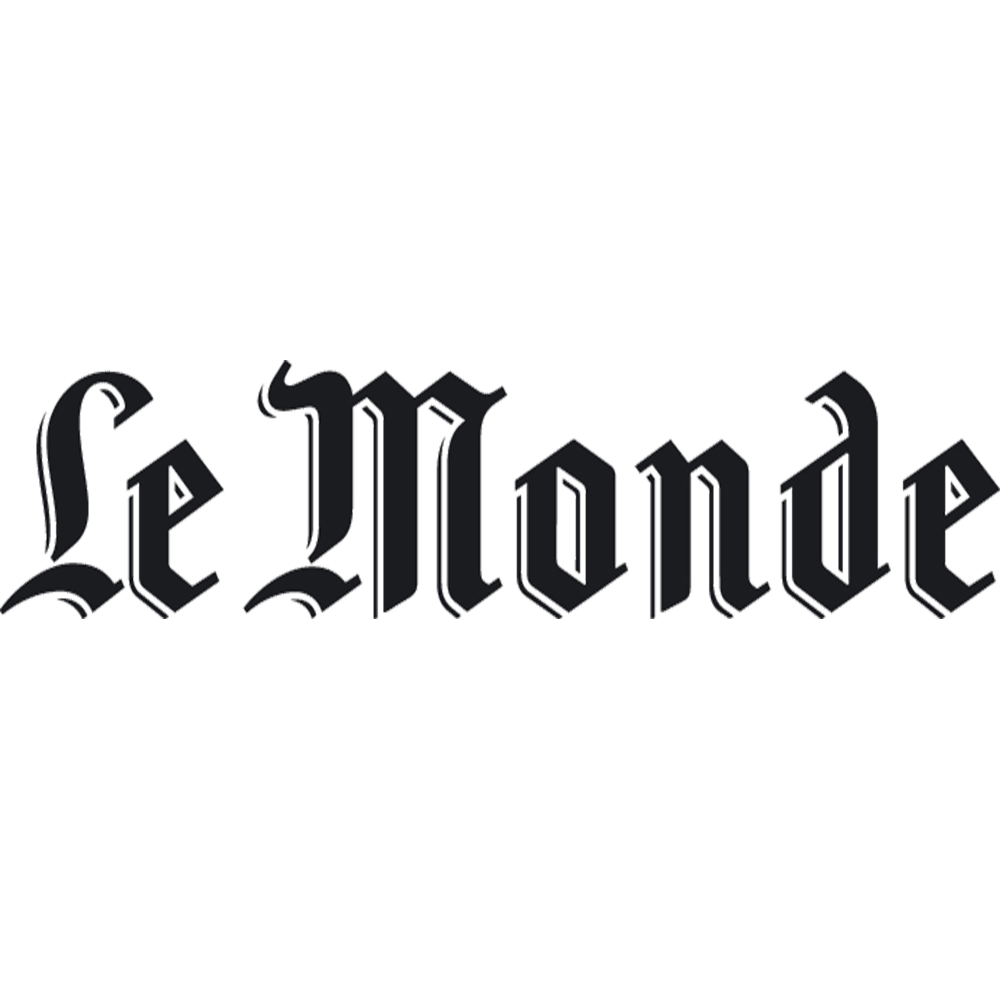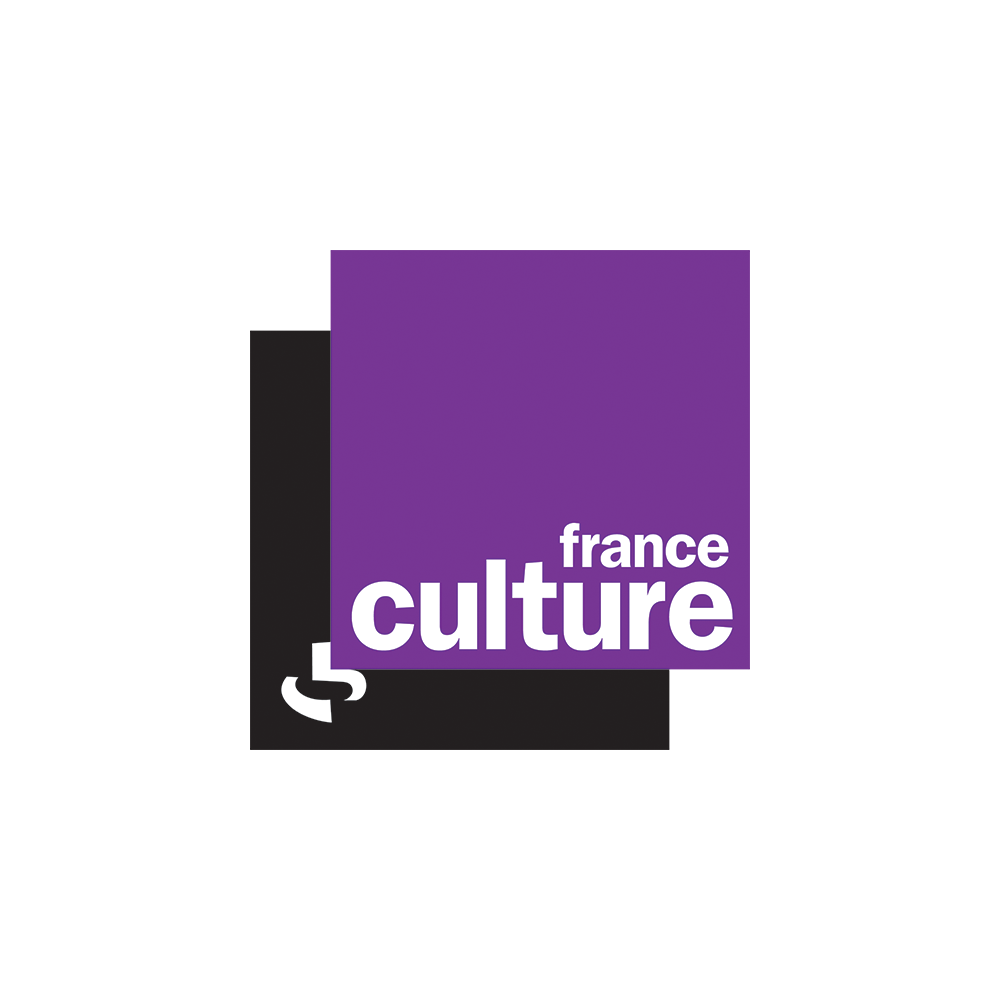Georges Henri Rivière
Seeing is understanding
|
From Wednesday 14 November 2018 to Monday 4 March 2019
Georges Henri Rivière is the inventor of the modern museum !
The 20th century was the time that experienced the development of museums and a questioning as to their purpose, of their reinvention and often of their resource allocation. With its collections sourced from the musée du Trocadéro, the musée de l’Homme and the musée des Arts et Traditions populaires, together with the contemporary questions it seeks to answer, the Mucem can be seen to embody an essential part of this evolution thanks to objects and ideas passed down from one man – Georges Henri Rivière (1897-1985).
Using his life as a line of construction for this story, the exhibition sets out the breadth of his vision of a world in the throes of transformation. It first presents an intimate portrait of the man – his origins, training, and cultural and artistic milieu – up to the point when, with all those he involves thereafter, he brings about a veritable revolution of museums.
His father was middle-class and his mother had a peasant background. He set himself on a career in music, but discovered through his uncle, Henri Rivière, one of the promoters of the Chat noir, the world of collectors and the erudite, how to “see” as an artist, and a friendship with Degas, the remarkable engraver and photographer. His sister, Thérèse Rivière, followed him to the Trocadéro, becoming upon her very first assignment in the Aures region of Algeria with Germaine Tillion an excellent ethnologist in her own right, whose career was cut short by mental illness.
Rivière worked as a musician and was curious about everything that the Roaring Twenties were bringing – from Modern Art to Jazz, fashion, photography, cinema and music halls. A journalist and polemicist who was in involved with reviews for the Cahiers d’art et Documents, he established himself at the Trocadéro Museum, after having produced in 1928 the first exhibition on “The Ancient Arts of America”. An indefatigable advocate and organiser of shock events, he took inspiration from museums abroad to plan around his ethnographic collections, and as an instrument for social and scientific sharing, the musée de l’Homme, which opened under the Front populaire during the Exposition internationale in 1937.
Rivière understands that beyond ethnology and exotic cultures, one needs to be interested in the upheaval experienced by France’s regional rural and factory worker cultures, creating in the same year of 1937 a “musée des Arts et Traditions populaires”. Maintaining close relationships with artists, such as Picasso and Léger, and their patrons, Rivière explored and analysed craft know-hows and all aspects of popular invention, including imagery and circus arts. He reveals the strengths, beauty, humour and potential of what was thought was a bygone era.
The exhibition aims to draw a portrait of the man, Georges Henri Rivière, who embodies in himself alone some of the most significant aspects of 20th century culture. It presents some 600 documents and items (works of Modern Art, popular arts objects, ethnographic objects, photos, sculptures, drawings, audiovisual archives, etc.) sourced from the Centre Pompidou, the musée du quai Branly-Jacques Chirac, the musée d’Orsay, the Archives nationales and principally from the Mucem, which preserves the diverse and important collections of the musée des Arts et Traditions populaires.
—Curator: Germain Viatte, head of conservation for Heritage
—Deputy curator: Marie-Charlotte Calafat, deputy head of the collections department of the Mucem and head of the documents section and of the Museum History section
—Scenography: Olivier Bedu, Struc Archi
With personal thanks from the exhibition curators to:
—Jean-François Leroux-Dhuys, for his tireless support throughout and without whom this exhibition could not have taken place.
—Yasha David, who supported us with our initial thoughts on the organisation and presentation of this exhibition.
The title of the exhibition is inspired by a poem by Paul Eluard: “Seeing is understanding, judge, transform, imagine, forget or to forget oneself, to
be or to disappear.” Published in Donner à voir (Giving to see), Paris, Gallimard,1939, coll. “Poésie / Gallimard”. Reprint in 1978
-
Interview with Germain Viatte and Marie-Charlotte Calafat, curators of the exhibition
-
Mucem (M.)
In what way is Georges Henri Rivière the inventor of the modern museum ?
Germain Viatte (G. V.)
Rivière is very attached to the enrichment of collections and views them from the perspective of the ethnologist, namely as a whole that sums up a culture, rejecting any notion of hierarchy yet including their social, inventive and aesthetic dimensions. He is very concerned about giving visitors a tool of open, comparative, creative, contemporary and interdisciplinary knowledge. He fears the solemn and distant “museum effect”, and prefers to emphasise a narrative and poetic vision that is in a dialogue with individual sensibilities. He accepts the economic dimension of the institution, but is wary of the excesses of money: his patrons are partners and agents for museum outreach and development.
M.
What from his youth and training nourished his perspective as a museologist?
G. V.
As an old man, Rivière rediscovers in his childhood memories stimulating contrasts in the worlds that surrounded him – rural and natural on his mother’s side, urban and artistic on his father’s. As a teenager, he accommodates these contrasts, learning to see and understand, becoming attached to craft and artistic know-hows, discovering their diversity and the strength of popular creativity. As a young musician, he is also a practitioner instrumentalist. He learns much from his uncle and the latter’s collector friends. He enjoys performance in all its forms and learns to view an object as a partner and key component of a heritage narrative. He is “modern” among avant-garde artists.
M.
All the while being close to the avant-gardes of his time, can one say he is the inventor of the concept of “popular art”?
Marie-Charlotte Calafat (M. C. C.)
Georges Henri Rivière is certainly the most significant defender of popular arts. He was committed to decompartmentalising the arts and museums, in order to give popular arts a space. He affirmed that commonplace objects said something about popular knowledge. Beyond simple curiosity or their aesthetic value, they are physical signs of life, know-how, customs and beliefs… These objects fascinate, intrigue and bear witness to the richness and humanity of origins and identity. Georges Henri Rivière is close to the avant-gardes of his time (Eluard, Aragon, Picasso, Masson, etc.). One often forgets that over the course of the 20th century, popular arts, in the same as so-called “primitive” arts, also inspired modern artists. Inside one’s intellectual “trench”, one needs to demonstrate an openness of mind by setting aside obsolete oppositions between tradition and modernity. In the exhibitions he produces, he treats with the same consideration a sketch of Pablo Picasso’s Man with a Sheep and a shepherd’s sundial.
M.
What was the particularity of the musée national des Arts et Traditions populaires (MnATP), that he founds in 1937, and the collections which have since joined the Mucem’s funds?
M. C. C.
The first particularity of the MnATP was its long 35-year gestation period. Founded in 1937 under the Front populaire, its creation demonstrates a political context that is favourable to the concept of “popular art”. On a cultural level, much attention was given to education and leisure activities for all. The museum is at first provisionally hosted in a wing of the palais de Chaillot as it waits for its own premises. But this provisional period stretches out… The Second World War will delay the opening of the museum, which will only happen in 1972! During all these intervening years, Georges Henri Rivière fights to promote his museum. He puts on temporary exhibitions in which he experiments with museographic practices, with the galleries of the MnATP becoming their ultimate testaments. The second particularity is the building itself, a joint work between the architect Jean Dubuisson and Rivière’s museography. Lastly, the MnATP is conceived of as a synthesizing museum that associates a network of regional museums, societal museums and ecomuseums.
M.
He is also the initiator of practices around “collection investigations”, that continue being applied by Mucem scientific teams…
M. C. C.
Georges Henri Rivière theorised the concept of the “laboratory museum” and defined a methodology for field investigations. As soon as he is at the museum and under the guidance of Paul Rivet at the musée d’Ethnographie du Trocadéro, Rivière organises investigations, obtains financing and highlights this research in landmark exhibitions. From the Dakar-Djibouti assignment (1931-1933) to the multidisciplinary investigation in Aubrac (1963-1966), via the so-called “Chantiers intellectuels” (“intellectual workspaces”) (1941-1946), Rivière is most concerned with method. He and his team are interested in people; they listen and photograph them, and collect their testimonies with great care. The everyday of the ethnologist is social, political and historic. Rivière demonstrated this well in May 1968 when he fetched the posters produced in the workshops of the Beaux-Arts. He not only knew how to collect rural heritage that was endangered, but he also had an understanding of the transformations of the society of his day. The Mucem inherited from these collections, as well as from this unique field acquisition model, that the Mucem scientific team carries on using.
M.
How is the exhibition organised? How is its scenography inspired by the teachings of Georges Henri Rivière?
G. V.
In a rare and possibly unique way, the exhibition is organised around the human adventure of a single individual, who goes on to embody museums, rejecting any disciplinary confinement. It is organised in modules, in the same way as the many facets that illustrate his family; what he was curious about; and his contacts, colleagues, productions, humour and impact. Through these extremely well documented facets and some given examples, we discover the diversity of research undertaken and the progressive establishment of a method developed in specialised exhibitions, that make up the musée national des Arts et Traditions populaires. Many of these entries are exact replicas of those created by Rivière. It is a rendering that aims to unfold as a very dense, unexpected and festive spectacle. To be seen again!
M.
As a beneficiary of the musée des ATP and the musée de l’Homme, can it be said that the Mucem, inaugurated in Marseille in 2013, perpetuates the spirit and vision of Georges Henri Rivière?
M. C. C.
The collections of the MnATP and the Europe funds of the musée de l’Homme were transferred to the Mucem within the Centre de conservation et de ressources. A living, accessible place, it perpetuates the ambition of Rivière to address all. The strength and richness of this whole is in its function as a pool – and a windfall – on which the museum teams depend. The collections supply a highly diverse programme, that is able to explain the present in the light of questions and productions from the past. It is in its spirit a living museum, that is also one that pursues acquisitions and collections, highlighting contemporary events worthy of study and appreciation. Georges Henri Rivière taught us this well.
M.
Why such a title?
G. V.
It may seem enigmatic, but it is in fact one of the processes on which communication depends. The name of the hero of this exhibition, after having known fame, is today virtually unknown. Georges Henri Rivière devoted nearly fifty years to the phenomenon of museums, in France as well as internationally. He made significant contributions to the expansion of their collections and to their transformation into places of awareness, enquiry and revelation. For him, putting something on display to be seen is essential, whatever one is looking at, without confining it to a specialisation or hierarchy of values.
“Seeing is understanding”: these are the first words of a poem by Paul Eluard. What is on display at the Mucem and in the exhibition, the essential elements of the immense collections of the musée des Arts et Traditions populaires, are the result of his personal choices and of those he worked directly with. The aim of the exercise is not one of simple accumulation of objects, but rather to capture them at the point when they would otherwise disappear, and thus create a chain of understanding of a living world, past and present, in a state of constant evolution. For Rivière, learning to see is one of the essential foundation of intelligence in the world.
Museum view
Museum view of the exhibition « Georges Henri Rivière. Seeing is understanding »
© Notoryou
Downloads
Dossier pédagogique «Georges Henri Rivière. Voir c'est comprendre» .pdfPartners and sponsors
With the support of LVMH and the kind support of Mr Michel David-Weill.
Partners
